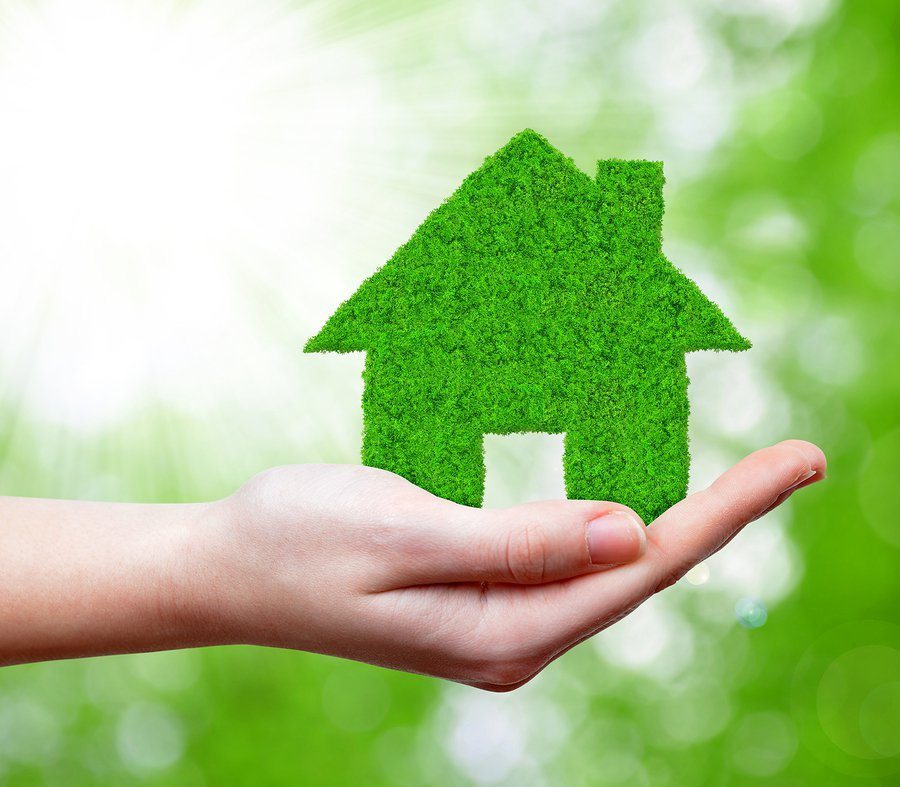Developed in 1998 by the U.S. Green Building Council, the Leadership in Energy and Environmental Design (LEED) Green Building Rating System established standards for the design, construction and operation of new and renovated green buildings. Since then the popularity of environmentally friendly design has skyrocketed. According to McGraw-Hill Construction’s 2013 Dodge Construction Green Outlook report, analysts expect the value of commercial and residential green building to reach $106 billion, a substantial increase from $10 billion in 2005.
By 2016, they expect green building will account for 55 percent of all commercial and institutional construction projects as well as 38 percent of single-family residential construction. Of course, as the demand for green building increases, the risks associated with constructing LEED certified structures will continue to evolve. Consider the following issues for which you may not have adequate coverage under a traditional insurance policy.
Construction Defect Issues
LEED certified buildings often use new techniques and systems to achieve their green status. Features like wind turbines, fuel cells and vegetative roofs are so new that they are still relatively unproven. This means you’re facing unknown potential construction defect risks.
Performance Issues
If you promise a client that the construction project you’re working on will meet LEED standards or attain a certain LEED certification level (ranging from certified to platinum), you could be liable if the finished building does not deliver on that promise.
Recertification
Should your construction project incur a loss—due to fire, wind, theft or vandalism, for example—you will need to have it recertified. This can be quite expensive.
Restoration
The cost of restoring LEED buildings is more expensive than that of regular construction. For example, a traditional property insurance policy will cover the cost of rebuilding a structure using traditional construction methods. In the case of a LEED certified building, many of the materials and techniques used are more costly and may not be covered.
With an ever-increasing focus on energy efficiency and environmentally friendly materials, it is likely green building is more than a passing trend. Talk to your commercial property specialist about “green insurance” and appropriate riders to ensure your LEED certified construction projects have adequate protection.



